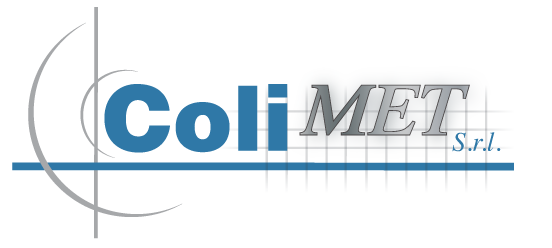In H1 2017 the Zn prices at the LME in London, compared with same period of 2016, They have increased by 34%. The biggest surge was recorded in February and March, followed by a slight decline in April and May and a renewed upswing in June, when prices returned to the levels of February.
We have entered a summer period of low activity and yet prices continue to be incurred.
First, we must observe that even in 2016 prices recorded increases in July and August, Then a surge in September, so the 2017 It does not seem to be an anomaly.
Let us summarize the main factors for this trend:
official stocks at LME continue to decline. To the 5/07/17 I fell to 284.500T (corresponding to 2% of world consumption) a decrease of 30% compared to May 2017.
At the same time certificates canceled warrants fell from 100.000T to 79.000T (declining real and not figurative as has happened sometimes in the past when there has been a transfer of metal from one of the LME warehouse)
A good portion of the metal went to China and throughout May and until the 22 June there was a favorable arbitration for the Chinese among the LME prices in London and those in SHFE in Shanghai and this has prompted the Chinese importers to increase imports, due to the rapid decline in stocks in China.
With the 53% of world zinc consumption, China plays an important role in the market and any decision taken there has repercussions around the world.
The confirmation of the metal shortage is matched by the performance of the LME quotations where at times there was a situation Backwardation, ie ready for delivery prices are higher than those in 3 months, symptom that spot prices are more and this confuses consumers because on one hand, given the high level of prices, buy only the minimum necessary and on the other because they can not pour them in turn to their customers.
It 'important to note that the reduction of the stocks is not the result of a growing demand, but rather the result of production cuts of around 2 million tons that the world's leading manufacturers (including China) They decided to end 2015, the effects of which are felt now.
In the US for example, the current demand is weak, waiting stimulus announced by Trump, but the stock fell because the strike continues at the Noranda smelter that 5 months working at 50% capacity.
The experts, not glimpsing strong increases in supply in the short term and expect that zinc will close 2017 returning to the levels of January 2017. If this were to realize we can expect a further rise in prices of 2,5%.
Other international institutions lengthen forecasts until 2021 and believe that the pressure on prices will not loosen because the shortage of minerals and the subsequent dramatic reduction in processing costs (TCs) (in 2017 many foundries are not covered by long-term contracts have been forced to recognize the TCs miners 45-60 $/Ton against $ 180 / Ton of 2015-2016), This will force many smelters to shut obsolete plants.
